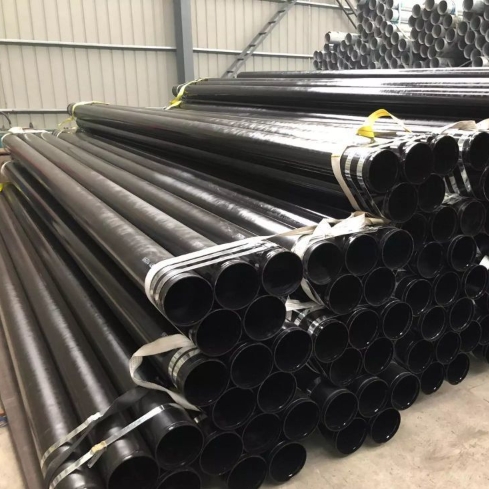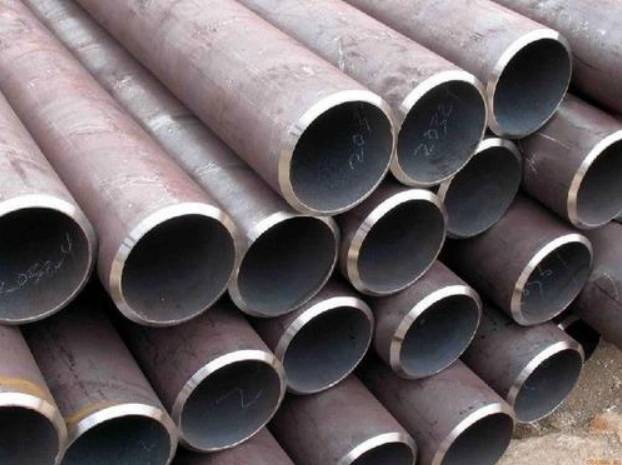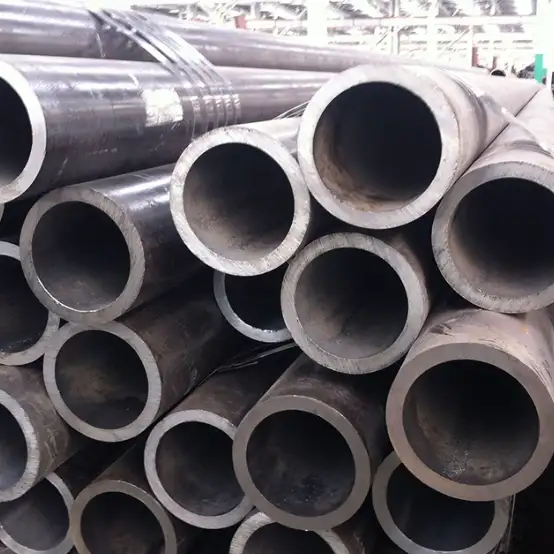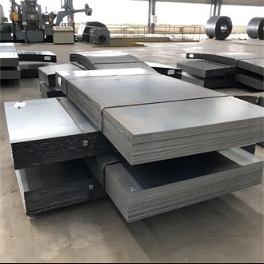In my experience, the primary distinction between Schedule 40 and SS 40 pipe stems from their material makeup and intended applications: Schedule 40 typically denotes carbon steel pipes manufactured under ASTM A53 standards, whereas “SS 40” refers to stainless steel pipes conforming to ASTM A312, delivering enhanced corrosion resistance at a comparable wall thickness (e.g., a 2″ Schedule 40 SS pipe has a 0.154″ wall) and weighing 3.653 lb/ft.
1. Definitions and Scope
Schedule 40 pipe is a non‐alloy carbon steel pipe with a defined wall thickness for each nominal size, widely used in water, gas, and steam applications. SS 40 pipe (often labeled “40S”) is the stainless counterpart—usually grades 304 or 316—sharing identical outside diameters and schedules but offering better durability in corrosive environments.
2. Material Composition
I often ask: what drives your selection—strength or longevity? Carbon steel (Schedule 40) relies mainly on iron with up to 0.28% carbon, plus trace manganese, phosphorus, sulfur, and silicon. By contrast, stainless steel (SS 40) adds a minimum of 10.5% chromium—and sometimes nickel—forming a passive oxide layer. This composition boost yields stainless’s hallmark corrosion resistance and high ductility; carbon steel, however, can be more cost‑effective for non‐corrosive settings.
3. Dimensional Specifications
Both Schedule 40 and SS 40 pipes share nominal sizes and outer diameters according to ASME B36.10/B36.19. However, manufacturing tolerances can differ slightly:
| Nominal Size | OD (in) | Sch 40 Wall (in) | Sch 40S Wall (in) | Weight/ft (Sch 40S) |
|---|---|---|---|---|
| 1″ | 1.315 | 0.133 | 0.133 | 1.679 lb |
| 1½″ | 1.900 | 0.145 | 0.145 | 2.718 lb |
| 2″ | 2.375 | 0.154 | 0.154 | 3.653 lb |
| 3″ | 3.500 | 0.216 | 0.216 | 6.995 lb |
Despite identical dimensions, stainless steel’s tighter wall‐thickness tolerances often yield slightly higher minimums for burst pressure.
4. Mechanical Properties
Strength matters. Schedule 40 carbon steel pipes generally exhibit a minimum yield strength of 30 000 psi and tensile strength of 48 000 psi. Stainless Schedule 40 pipes (e.g., 304L) must meet a 25 000 psi yield and 70 000 psi tensile requirement under ASTM A312. As a human expert, I note that stainless steel’s yield point is lower but its elongation and toughness at cryogenic temperatures are superior.
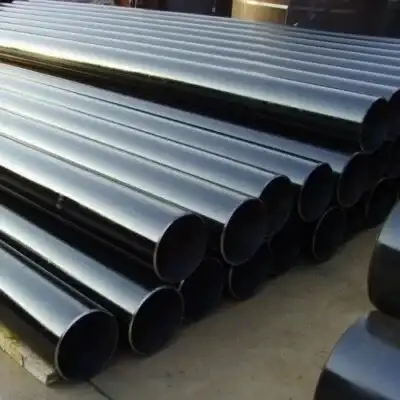
5. Corrosion Resistance
When corrosive media loom, stainless steel shines. Carbon steel rusts if left unprotected—requiring coatings, cathodic protection, or sacrificial anodes. Meanwhile, SS 40’s chromium content forms a self‑healing Cr₂O₃ film, resisting oxidation. In potable water service, SS 40 can last over 50 years with near‑zero corrosion rates, versus 10–20 years for uncoated carbon steel in similar conditions (depending on pH and chloride levels).
6. Thermal Performance
Thermal conductivity and expansion can influence your design. Stainless steel’s thermal conductivity (~16 W/m·K) is roughly one‑third that of carbon steel (~50 W/m·K), which can affect heat‐transfer applications. Also, SS has a coefficient of thermal expansion of 10.8 ×10⁻⁶ /°C versus carbon steel’s 12 ×10⁻⁶ /°C—differences that matter in long‑run systems.
7. Cost Analysis
Budget concerns? On a typical project, SS 40 pipe runs about 4–6× the cost of Schedule 40 carbon steel (per foot installed). Yet when factoring in coating, maintenance, and longer life cycle, SS can be more economical over 20 years. I’ve seen total lifecycle savings up to 15% when choosing stainless in highly corrosive settings.
8. Typical Applications
-
Schedule 40: domestic water lines, fire sprinkler systems, hydrant leads, low‐pressure steam.
-
SS 40: food processing, pharmaceutical lines, coastal installations, chemical transport, cryogenics.
9. Installation & Maintenance
Welding carbon steel often uses ER70S‑6 filler; stainless steel requires matching filler (e.g., ER308L). Passivation of SS welds is critical to restore corrosion resistance. Routine internal inspections via pigging or ultrasonic thickness testing are easier on carbon steel due to lower cost per length—though SS requires less frequent checks.
10. Compliance & Standards
-
Schedule 40: ASTM A53, ASME B36.10.
-
SS 40: ASTM A312, ASME B36.19.
Be sure to reference NPS, OD, and schedule tables in the ASME code for precise tolerances.
11. Case Study: Municipal Water Main Upgrade
Background: A midwestern city faced recurring leaks in 12″ Schedule 40 carbon steel mains after just 15 years of service in a chlorinated environment.
Action: Engineers replaced 2 000 ft with 12″ SS 40 (304L), procured from Luokaiwei, at a material cost premium of 5.8×.
Outcome: Within two years, no leaks or corrosion detected; annual maintenance costs dropped by 72%. The payback period was forecast at 12 years, but increased water quality and reliability delivered soft‐value gains immediately.
12. FAQs
-
Can I thread SS 40 pipes like carbon steel?
Yes, but use carbide dies or power threading with coolant to avoid galling. -
Is SS 40 lighter than Schedule 40?
No. Both have identical OD and wall thickness; SS weighs slightly more by density (~8 g/cm³ vs. ~7.8 g/cm³). -
Do I need different hangers for SS 40?
Use stainless steel or neoprene‐lined hangers to avoid galvanic corrosion. -
Which hand‐tool cleaner is safe for SS 40?
Non‐chloride, low‐salt passivating cleaners are recommended. -
Can Schedule 40 be used in high‐temperature service?
Up to 400 °F for standard grade; higher temps require A106 Grade B or alloy piping.
13. Conclusion
Choosing between Schedule 40 and SS 40 comes down to balancing upfront cost with performance demands. For general industrial and water service, steel Schedule 40 often suffices. Yet in corrosive or high‐purity contexts, SS 40’s benefits outweigh its price. Whatever your needs, Luokaiwei’s factory‐direct pricing and global logistics ensure you get the right pipe on schedule.




